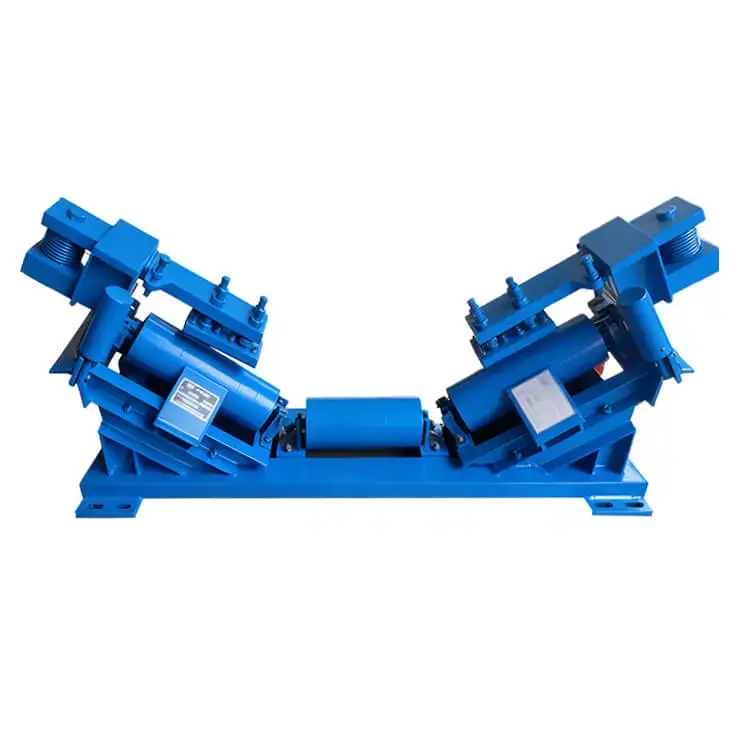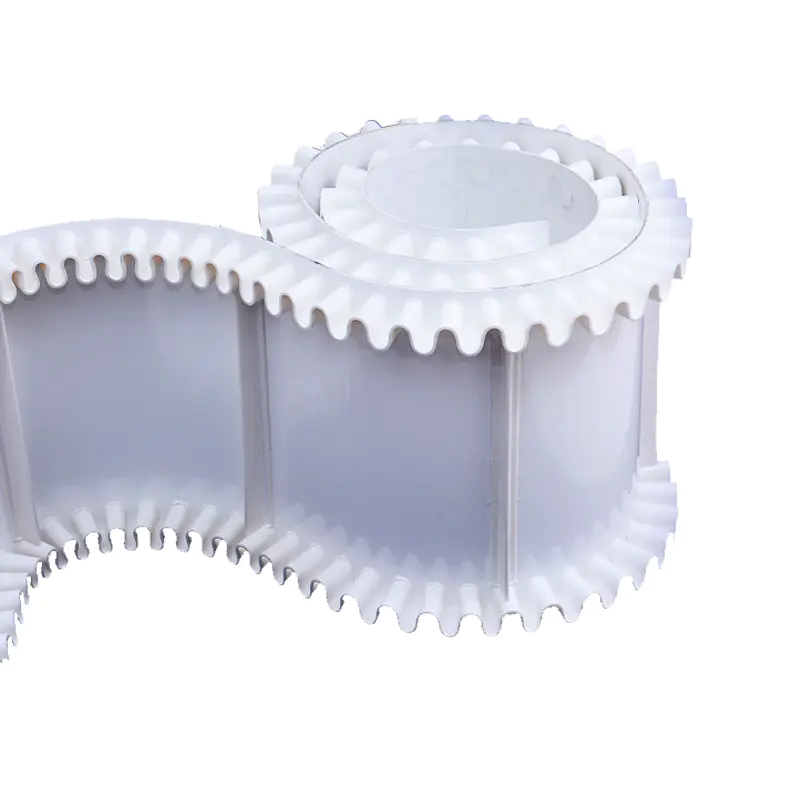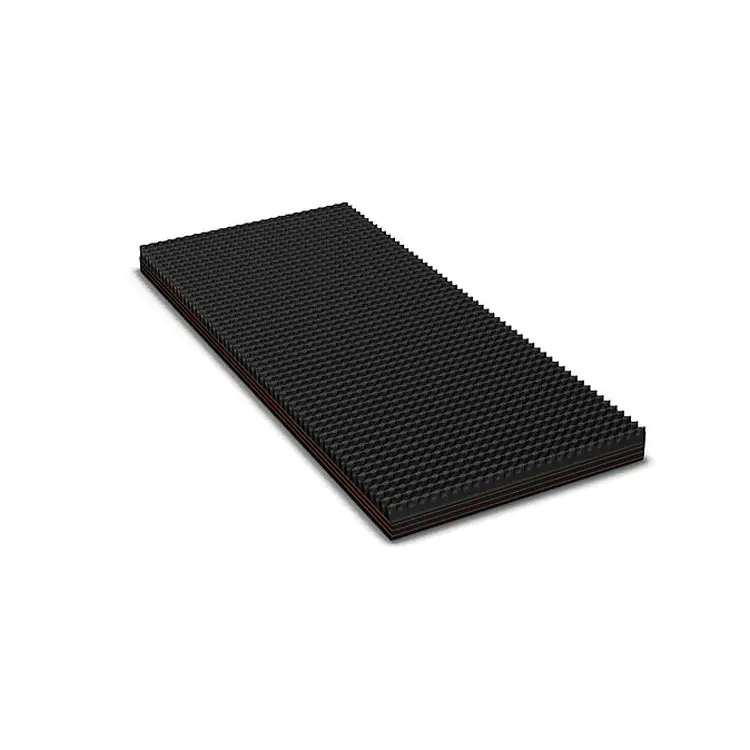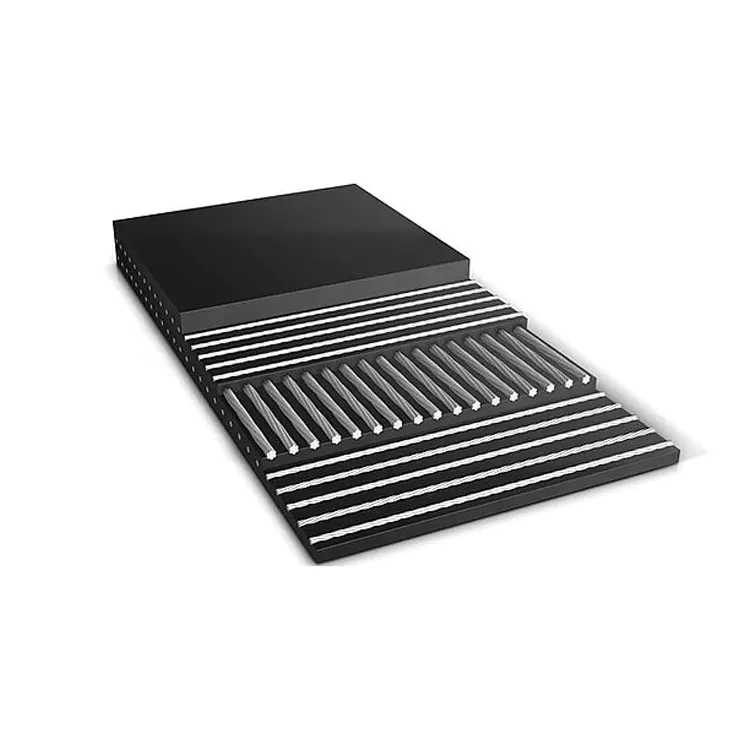Conveyor Rain Cover, also known as Conveyor Belt Cover, Conveyor Cover, Rain Shield or Protective Cover, is designed to protect conveyor belts and the materials they transport from harsh weather conditions. It plays a crucial role in many occasions, especially in outdoor working environments, effectively shielding conveyor belts and bulk materials from erosion by environmental factors such as wind, rain, and dust.
Core Functions of Conveyor Rain Cover
- Rain and Dust Protection: Isolates rainwater and dust erosion, extends the service life of the conveyor belt by 60%, and reduces maintenance frequency.
- Wind and Material Scatter Prevention: Blocks material loss caused by strong winds, avoids environmental pollution, and is suitable for dusty and windy scenarios.
- Safety Protection: The enclosed design reduces dust diffusion, complies with industrial health standards, and protects operators.
- Stable Conveying: The streamlined design prevents conveyor belt deviation caused by strong winds, ensuring efficient material transportation.
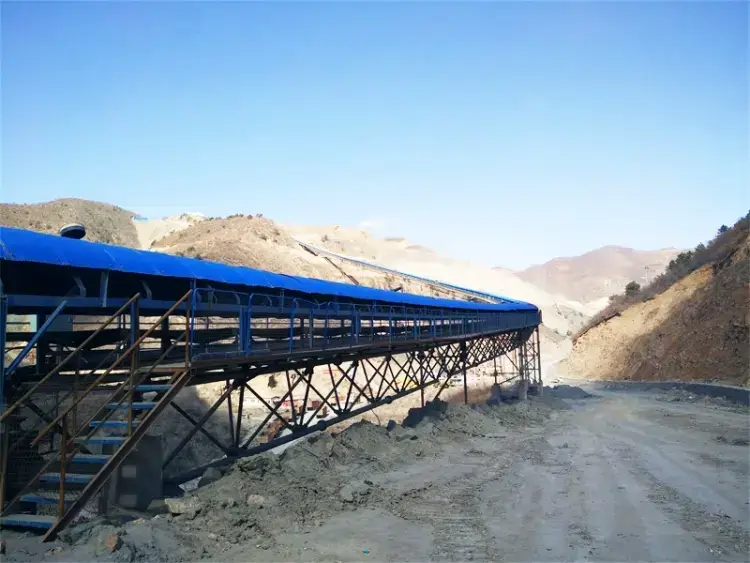
Product Types
| Type | Core Features | Applicable Scenarios |
|---|
| Fully Enclosed Rain Cover | Covers the top and both sides, providing comprehensive protection | Outdoor, heavy wind and rain, high-dust environments (coal mines/mines) |
| Semi-Enclosed Rain Cover | Covers only the top, with both sides open | Indoor/semi-outdoor scenarios with low wind speed and no heavy precipitation |
| Removable Rain Cover | Flexible to disassemble, convenient for maintenance | Industrial scenarios requiring regular inspection of conveyor belts |
| Transparent Rain Cover | Made of PVC material, light transmittance ≥90% | Scenarios requiring real-time monitoring of material status (food/fine chemical industry) |
III. Specification Parameters
Selection Tip: Please match the model based on "conveyor belt width (Column F) + conveyor pipe size (Column B)". If uncertain, please contact us to provide equipment drawings.
Parameter Explanation: L = Cover Length | W = Cover Width | T = Cover Thickness | R1 = Arc Radius
| Model | Conveyor Belt Width (mm) | Conveyor Pipe Size (mm) | Fully Enclosed Cover (mm) | 3/4 Enclosed Cover (mm) |
|---|
| F | B | L | W |
| YDT5 | 500 | 89 | 740 | 800 |
| YDT6 | 650 | 108 | 890 | 950 |
| YDT8 | 800 | 108 | 1090 | 1150 |
| YDT10 | 1000 | 133 | 1290 | 1350 |
| YDT12 | 1200 | 133 | 1490 | 1570 |
| YDT14 | 1400 | 159 | 1730 | 1810 |
| YDT16 | 1600 | 159 | 1930 | 2010 |
| YDT18 | 1800 | 159 | 2200 | 2280 |
| YDT20 | 2000 | 159 | 2420 | 2500 |
Application Scenarios of Conveyor Rain Cover
- Coal Mines and Mines: In open-pit coal mines and mines, conveyor belts are usually used for long-distance transportation of bulk materials such as coal and ore. Due to the particularity of the location and environment, they are often affected by rain, wind and sand. Installing rain covers can effectively protect the conveying system and improve work efficiency.
- Power Plants: In thermal power plants, coal is transported from the coal yard to the boiler combustion chamber through conveyors. Rain covers can ensure that coal is not affected by rain and wind during transportation, maintaining the dryness and combustion efficiency of the material.
- Cement Plants and Steel Mills: Cement plants and steel mills usually transport a large amount of bulk materials such as cement, limestone and iron ore through conveyor belts. Rain covers can prevent these materials from getting damp or scattering during transportation, ensuring the smooth progress of the production process.
- Ports and Terminals: Ports and terminals often need to load and unload bulk goods, especially bulk goods such as coal and ore. In these places, the protection of conveyor belts is particularly important. Rain covers can effectively resist the invasion of sea breeze, waves and rainwater.
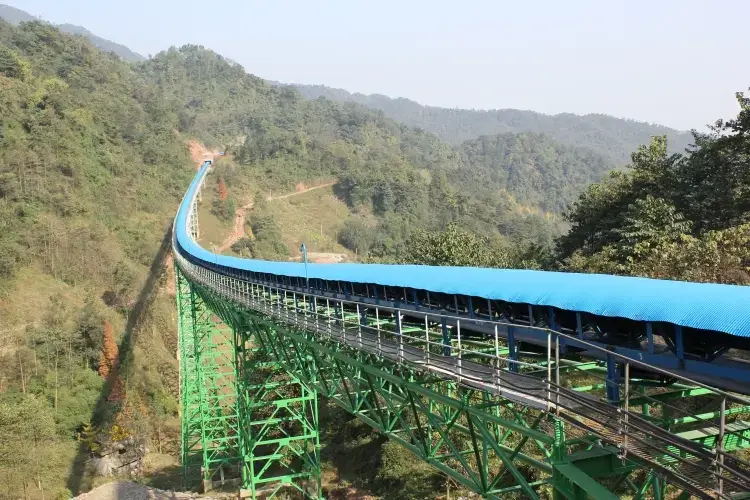
How to Choose the Right Conveyor Rain Cover
Material Selection
| Material | Advantages | Applicable Environments |
|---|
| Cold-Rolled Steel Plate | Moderate cost, sturdy structure | Ordinary industrial environments, no strong corrosion scenarios |
| Galvanized Steel Plate | Strong corrosion resistance, good rust prevention | Humid, slightly corrosive environments (e.g., ports, power plants) |
| Transparent PVC Material | High light transmittance, light weight | Scenarios requiring real-time monitoring of materials |
Environment Adaptation
- Strong wind and heavy rain/outdoor: Prioritize "Fully Enclosed Type"
- No wind/semi-outdoor: Choose "Semi-Enclosed Type"
- Regular maintenance required: Choose "Removable Type"
- Material monitoring required: Choose "Transparent Type"
Size Matching
- Necessary measurement parameters: Conveyor belt width, conveyor pipe diameter, conveyor belt length
- Customization description: Non-standard sizes can be customized with 1:1 ratio by providing equipment drawings
Core Highlights of ZOOMRY Conveyor Rain Cover
- Simple Structure: Composed of curved cover body, sealing strip and support frame, easy to install.
- Sturdy Structure: Cold-rolled steel plate/galvanized steel plate undergoes derusting + phosphating pretreatment, followed by roller coating curing process, ensuring wind and pressure resistance.
- Excellent Sealing Performance: The curved cover body fits closely with the weatherproof sealing strip and is connected to the bottom support frame, achieving seamless rain and dust protection.
- High Stability: The specially treated steel plate has stable performance and long service life, effectively preventing erosion by rainwater and dust.
- Superior Appearance: The streamlined design of the conveyor belt cover can easily drain rainwater and prevent conveyor belt deviation caused by strong winds.
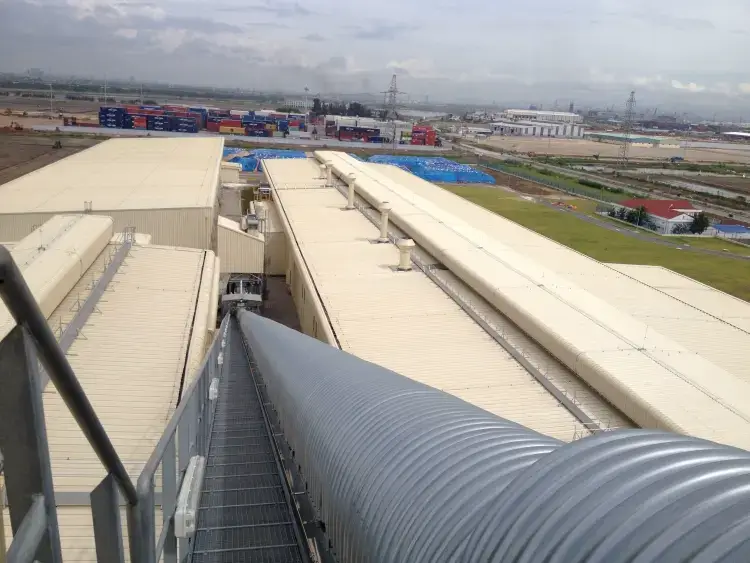
Installation and After-Sales Guarantee
Installation Services
- Basic Service: Provide detailed installation drawings + video guidance
- Value-Added Service: Support on-site installation nationwide (separate quotation required, excluding remote areas)
Quality Assurance Commitment
- Standard Products: 3-year warranty (free repair/replacement for non-human damage)
- Customized Products: 2-year warranty (including material and size adaptation guarantee)
After-Sales Response
- Technical Consultation: 24/7 online support (phone/WeChat)
- On-Site Maintenance: Response within 72 hours (national warranty, excluding remote areas)
Customization Services
Customization Process
- Consultation and Communication: Inform requirements (scenario + size + material)
- Provide Parameters: Conveyor belt size/equipment drawings
- Design Scheme: Issue customized scheme + quotation within 3 working days
- Confirm Production: Arrange production after deposit payment (production cycle: 7-15 days)
- Delivery and Installation: Logistics and distribution + installation guidance
- Acceptance and After-Sales: Complete acceptance after confirming adaptation, and provide warranty service
Required Parameters for Customization
- Mandatory: Conveyor belt width, conveyor pipe diameter, conveyor belt length
- Optional: Color, material, special functions (e.g., enhanced sealing, high temperature resistance)
Frequently Asked Questions (FAQ)
Q: How to determine the material of the rain cover?
A: Choose according to the usage environment: galvanized steel plate for humid/slightly corrosive environments, cold-rolled steel plate for ordinary environments, and transparent PVC material for scenarios requiring monitoring.
Q: Do rain covers need regular replacement?
A: The service life is ≥8 years under normal use. For harsh environments (strong corrosion, frequent heavy rain), it is recommended to inspect every 5 years and replace in time if damage/corrosion occurs.
Q: Is customization supported?
A: Yes! Non-standard sizes, special materials and colors can be customized. Equipment drawings or detailed parameters are required.
Q: What is the light transmittance and weather resistance of the transparent rain cover?
A: The light transmittance is ≥90%, the temperature resistance range is -20℃~60℃, it is resistant to UV aging, and the service life is ≥5 years.
Q: What parameters are needed for customizing a rain cover?
A: Mandatory to provide: Conveyor belt width, conveyor pipe diameter, conveyor belt length; Optional to provide: On-site photos of equipment, special environmental requirements (e.g., high temperature resistance, strong corrosion resistance).
Q: How long is the installation cycle?
A: Stock standard models: Installation takes 1-2 days; Customized products: Production cycle 7-15 days + installation 2-3 days.
